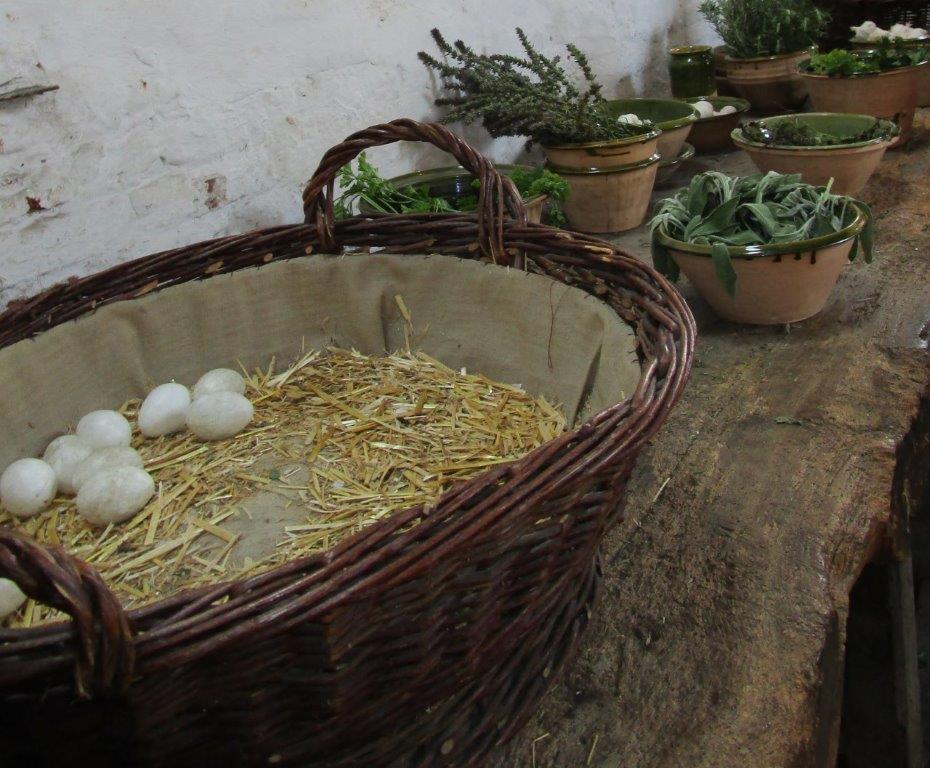
Imagination and historical facts is the recipe for a Time travel novel. I normally do extensive research on both the relevant historical period and site locations before I start writing a storyline, but for book two in the series, “The Shadow of Black Mountain,” I have done spot research to clarify things while writing.
In book two, Rhain and Mairwen are no longer on the run and they find themselves back at Llawgwalch and the Pennaeth’s manor.
“Rhain lifted the heavy iron latch and pushed open the door just wide enough to allow them to walk in. The warmth that hit Mairwen’s face was as thick as a wool blanket. It smelled chokingly of wood smoke, tallow candles, food and sweat. The hall was packed with people gathered for the evening meal. Long trestle tables, were situated down both sides, the full length of the hall. People sat crowded along benches and stools eating from shared trenchers. Their talk filling the hall with the loud drone of conversation punctuated with bursts of laughter or raised jocular voices. Serving women bustled busily amongst the trestles bringing more food and deftly scooping up stacks of empty platters.”
As the words of the story are softly clicking out under my fingers, part of my focus is on the computer screen, the other is lost in the sights and sounds of a medieval hall. Like a slow running movie reel, that I can start and stop at any time as I move my characters through scenes. What does a great hall look like? How is it lite, do the candles and fire give off a certain smell? Does the smoke in the air catch in their throats or make their eyes water? Rhain grew up living in this manor hall but for Mairwen, as a twentieth century women, the experience must have been overwhelming with so much to take in.
Medieval meals were eaten as a community in a large hall. The high table would have been on a dais, a raised platform at the head of the hall, facing Mairwen as she stepped inside. Here Rhain’s family and other high-ranking men of the community like the Reeve, who supervised all the work on the Pennaeth’s property, would have sat. Medieval society was highly stratified, nobility, clergy and commoner’s. The Nobles dined on, fresh game seasoned with exotic spices and displayed refined table manners; rough laborers could make do with coarse barley bread, salt pork and beans and were not expected to display etiquette.
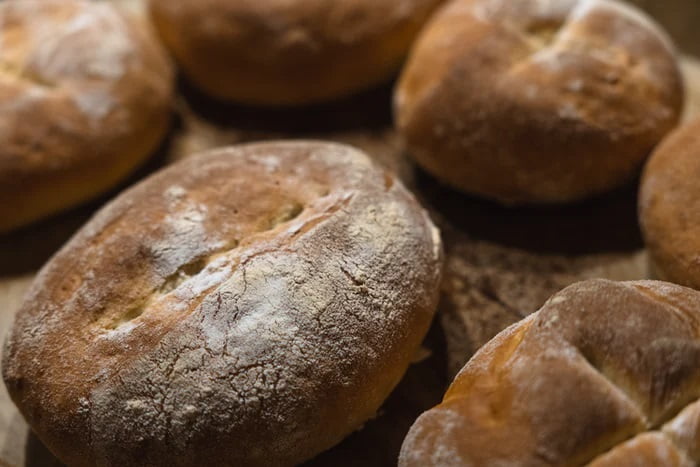 The commoner’s that crowded the hall’s trestle tables would have been household servants, and those that worked at the manor. People shared, two to a trencher of food, and drinking cups. Stew pots would very likely have contained a pottage, which was a stew made of vegetables, meat and garden herbs. The pottage would be ladled onto a trencher, made from a thick slice of stale bread slightly hollowed out. The juices would soften the bread making it more palatable; this would have been eaten with a spoon, but many other foods were eaten with fingers, making mealtime a messy business. People were expected to provide their own meat daggers or knives which were carried by men and women alike, attached to their belts for use at table.
The commoner’s that crowded the hall’s trestle tables would have been household servants, and those that worked at the manor. People shared, two to a trencher of food, and drinking cups. Stew pots would very likely have contained a pottage, which was a stew made of vegetables, meat and garden herbs. The pottage would be ladled onto a trencher, made from a thick slice of stale bread slightly hollowed out. The juices would soften the bread making it more palatable; this would have been eaten with a spoon, but many other foods were eaten with fingers, making mealtime a messy business. People were expected to provide their own meat daggers or knives which were carried by men and women alike, attached to their belts for use at table.
At the high table shallow basins of water were provided between courses and each diner would have a linen cloth provided to clean their fingers, before they attempted to pick up their wine goblet. Thicker and more delicious pottages were served to those at the high table, these were called mortrews and if the pottage was made with a cereal it was called frumenty. Made by boiling wheat in a meat broth or milk and typically served with venison.
Either part of a larger meal, or as a snack, sops were commonly served. These were pieces of bread which were used to soak up wine, soup, broth or sauces. Pies were also common, filled with meat, vegetables or fruit. The pastry however was not made to eat. Huff paste made from suet, flour and water, was intended more as a cooking vessel. Other foods included Eggs, dairy, like cheese and milk, fruit and nuts. Beer or ale was drunk and wine for those rich enough to afford it.
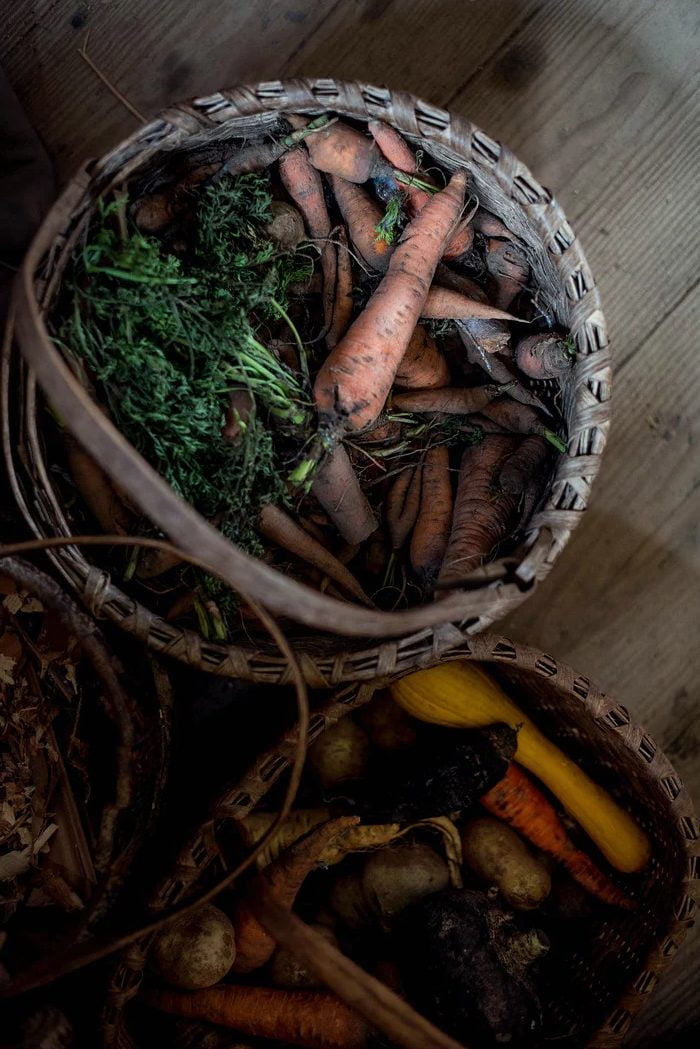 In the middle ages the diet was grain based, supplemented with limited seasonally grown vegetables like peas, cabbage, fava beans, onions, leeks, carrots and garlic. Potatoes were not known in England until they was introduced in 1536. Wheat bread finely milled was reserved for nobility while dark course bread made from barley or rye fed the commoner. Meat was either farmed or hunted, while fish and eels were available from the rivers. Meat and fish not eaten immediately would have to be preserved so it would not spoil, by either salting, smoking or pickling, and stored for leaner times.
In the middle ages the diet was grain based, supplemented with limited seasonally grown vegetables like peas, cabbage, fava beans, onions, leeks, carrots and garlic. Potatoes were not known in England until they was introduced in 1536. Wheat bread finely milled was reserved for nobility while dark course bread made from barley or rye fed the commoner. Meat was either farmed or hunted, while fish and eels were available from the rivers. Meat and fish not eaten immediately would have to be preserved so it would not spoil, by either salting, smoking or pickling, and stored for leaner times.
Llawgwalch manor would have raised sheep, pigs, geese and chickens. The land would have produced barley, rye or oats. Villains were tenants, who worked their leased land in exchange for service to the Pennaeth. As agricultural laborers they would be expected to work three days of the week on the lord’s land, the remaining days on their plot and in times of conflict, were expected to serve carrying arms.
Game was hunted and sometimes unlawfully poached. Venison, boar, swans, cranes were food for the nobility only. Birds were hunted by hawking, with a falcon or hawk.
Typically, only two meals a day were eaten, dinner and a light supper. Breakfast or to break ones fast was not always eaten. The church preached against gluttony and other weaknesses of the flesh, so members of the church and cultivated gentry avoided it. Men tended to be ashamed of the weak practicality of breakfast. For practical reasons breakfast was still eaten by working men, young children, women, the elderly and sick.
The research is fairly limited to what life was like in Britain in 1080, the Norman’s, after the conquest, brought many different French customs and cuisines to Britain, slowly the Anglo-Saxon way of life began to change. Wales kept to their own customs far longer than other parts of Britain that were more heavily influence by the Norman Barons who were given confiscated land, for their service to the conquering King William.
In writing about a time so far in the past, I hope I don’t stray too far from the facts. If you would like to read more, below are some references.
Scully, Terence “The Art of Cookery in the Middle Ages.”
Adamson, “Food in Medieval Times.”
Henisch, Bridget Ann “Fast and Feast in Medieval Society.”
Next month I will be writing about Vikings and the fictional character of Bjarke Strongarm in Twilight Sojourn, chapter four.
If you would like to receive future monthly posts, updates and giveaways, pleased leave me an email marilyn@storyteller.space or visit my website for more about writing and the history behind the scenes. HTTP://STORYTELLER.SPACE
Marilyn




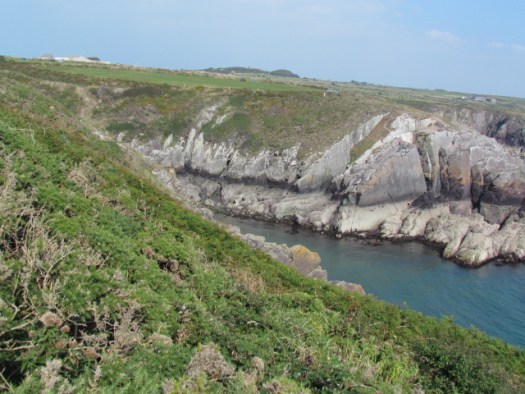
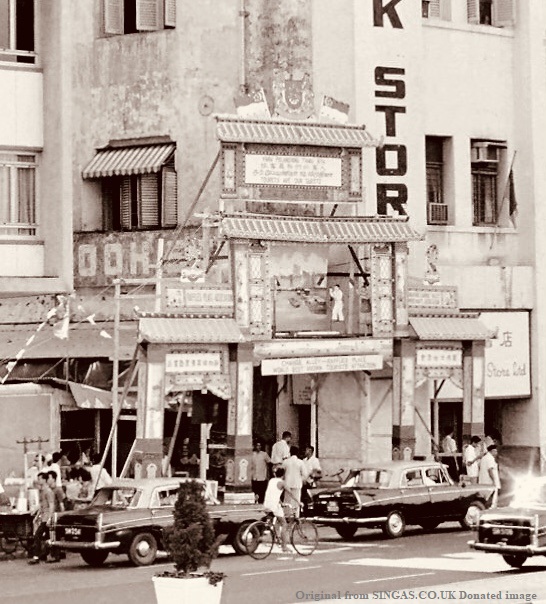
Leave a Reply